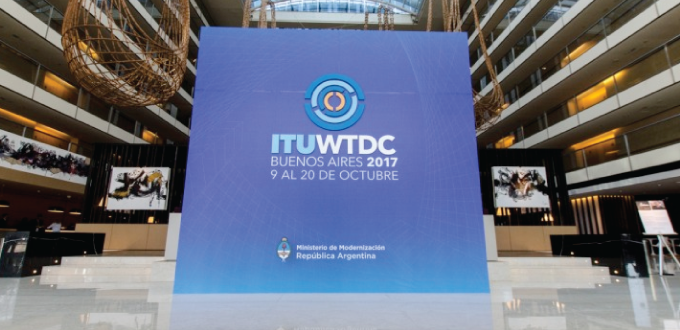World Telecommunication Development Conference Promotes IPv6
30/11/2017

During the latest World Telecommunication Development Conference held in Argentina, among other issues it was decided to promote the sharing of experiences and information related to the adoption of IPv6 in developing countries. It was also recommended to work in coordination with the Regional Internet Registries (RIR) to generate IPv6 capabilities.
The proposal is based on the fact that the IPv6 protocol is necessary for the development of the Internet of Things (IoT) and the promotion of best practices for IPv6 deployment. This information was compiled in Resolution 63 of the Conference organized by the International Telecommunications Union (ITU).
ITU member countries understand that IPv6 should be promoted so that the transition from IPv4 will be completed as quickly as possible and to facilitate the implementation of IPv6 addresses in all countries. Developing countries in particular are experiencing technical difficulties in the transition process.
In this regard, the Conference instructed the director of the Telecommunication Development Bureau to cooperate with international and regional organizations, particularly with Regional Internet Registries (RIRs), in providing training and broadening technical knowledge on IPv6 in order to meet the needs of developing countries, as stated in the final resolution.
César Díaz, Head of Strategic Relations and Telecommunications at LACNIC, considers that the ITU resolution will benefit the region and the promotion of IPv6. “We are already working on the promotion of IPv6 in coordination with the ITU, especially with some of the member states in the region. This resolution helps to strengthen the cooperation of LACNIC as part of the RIR system and to generate greater IPv6 capabilities,” Díaz added.
Díaz believes that new opportunities for IPv6 will appear in the region, as interaction between governments and other organizations is being promoted with the aim of exchanging knowledge and best practices in IPv6 networks.
(Free access, no subscription required)